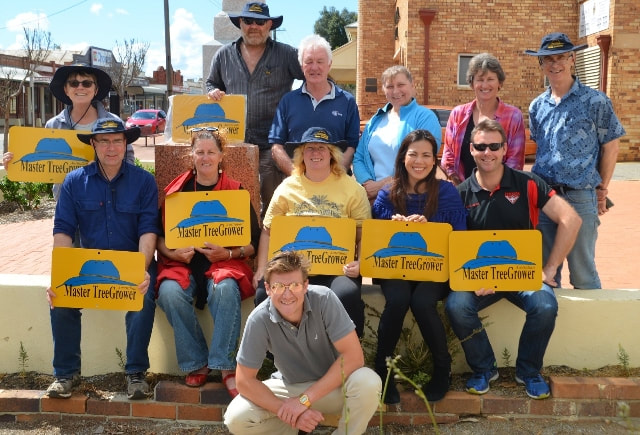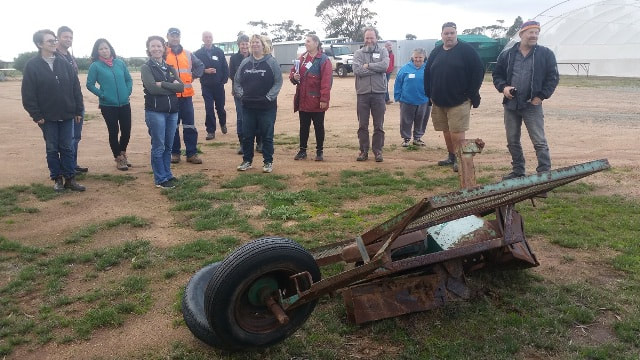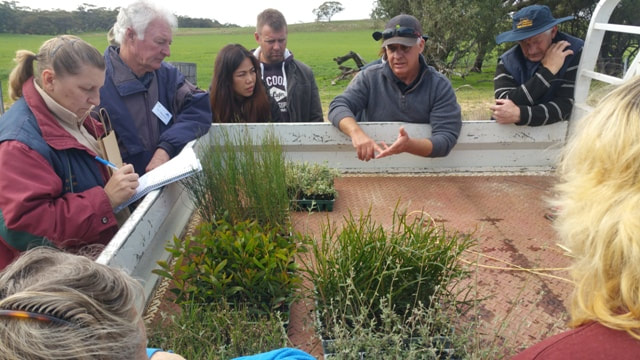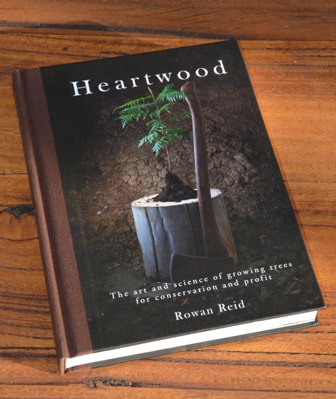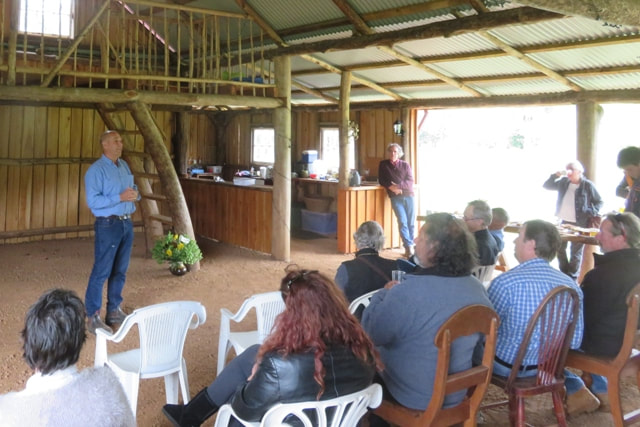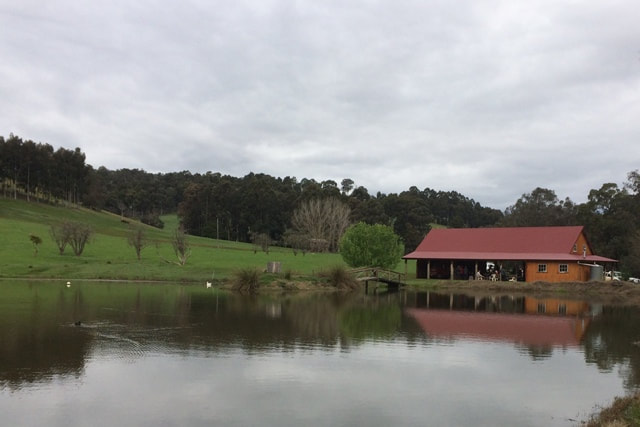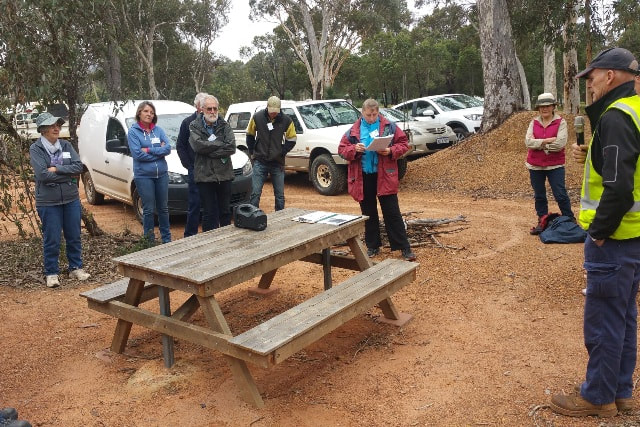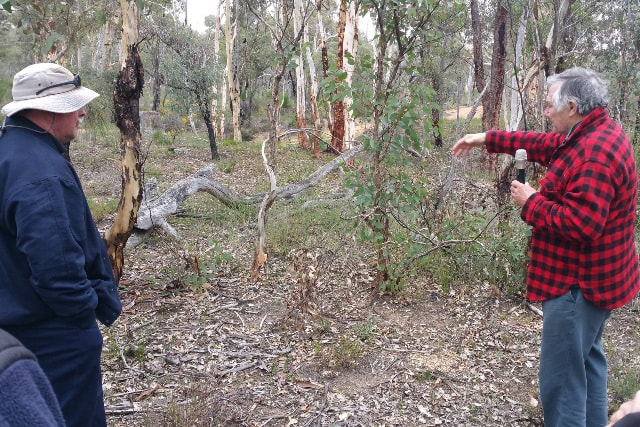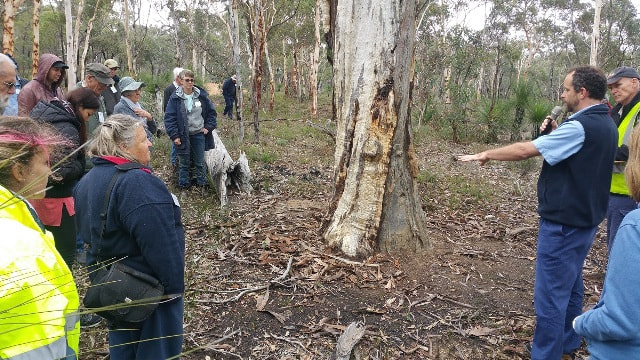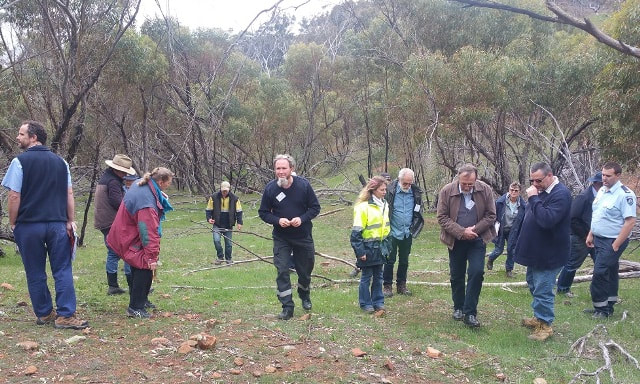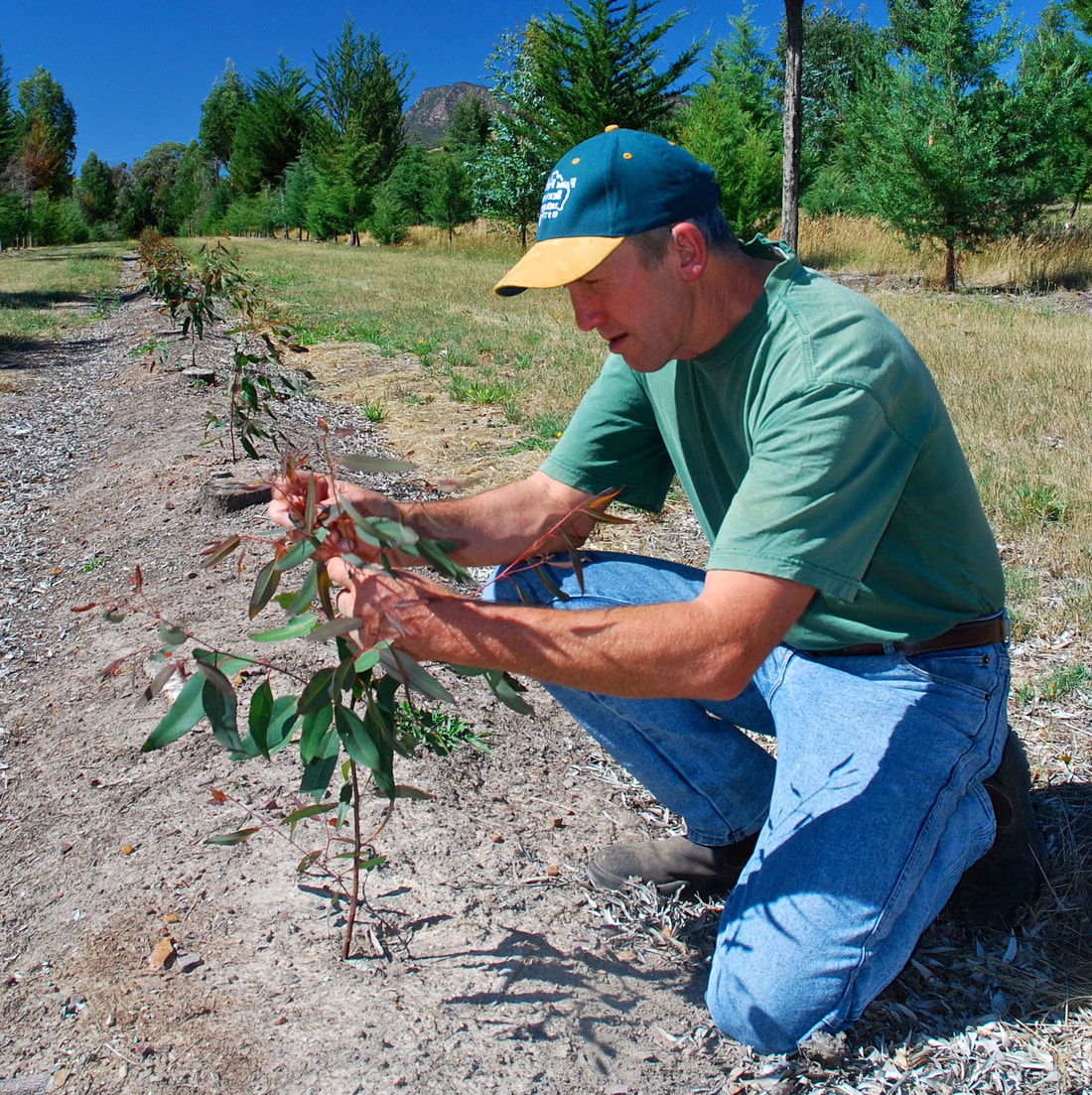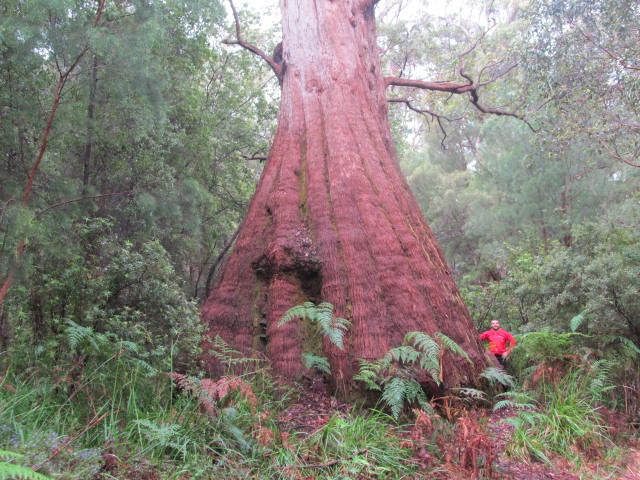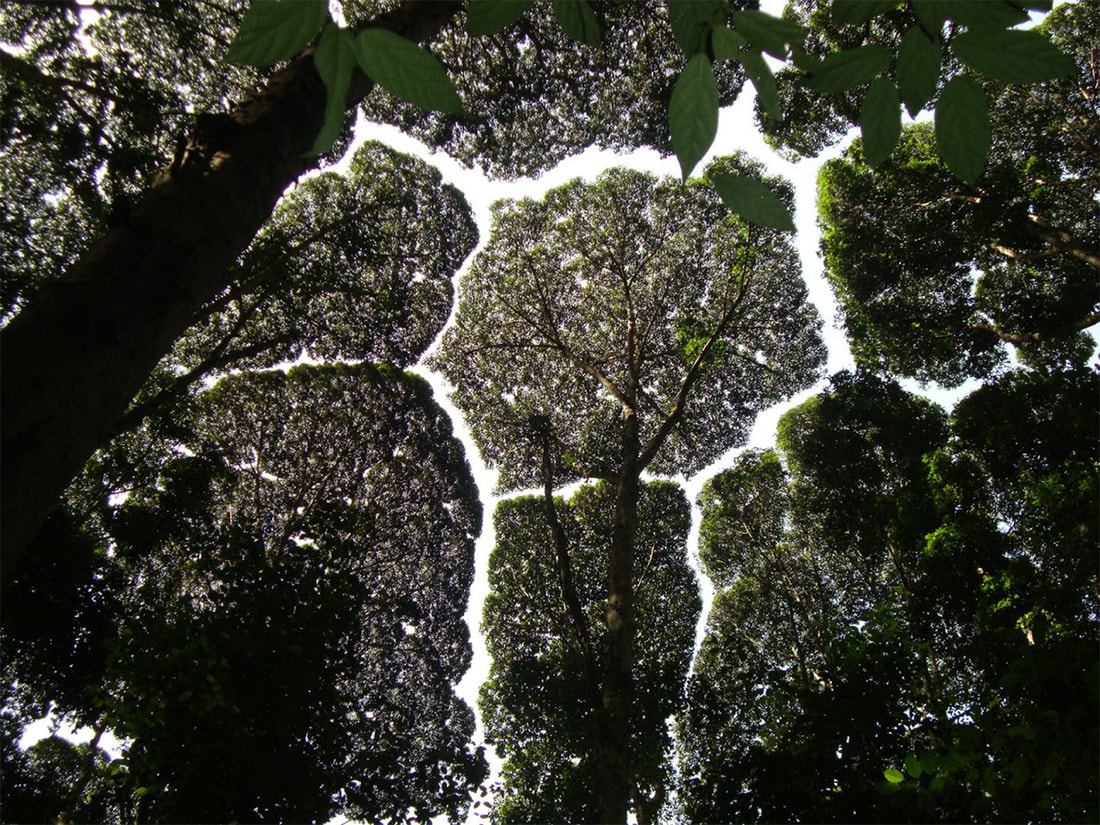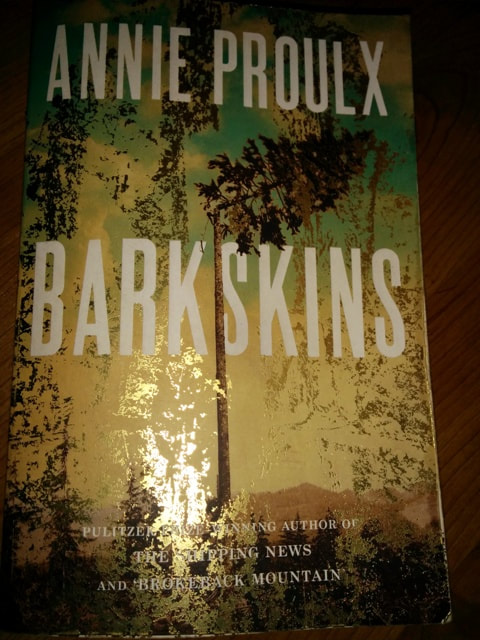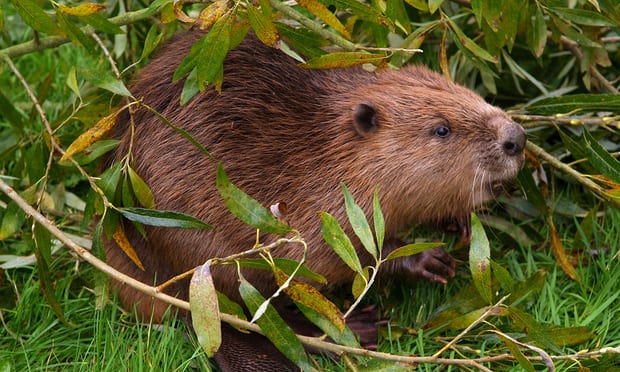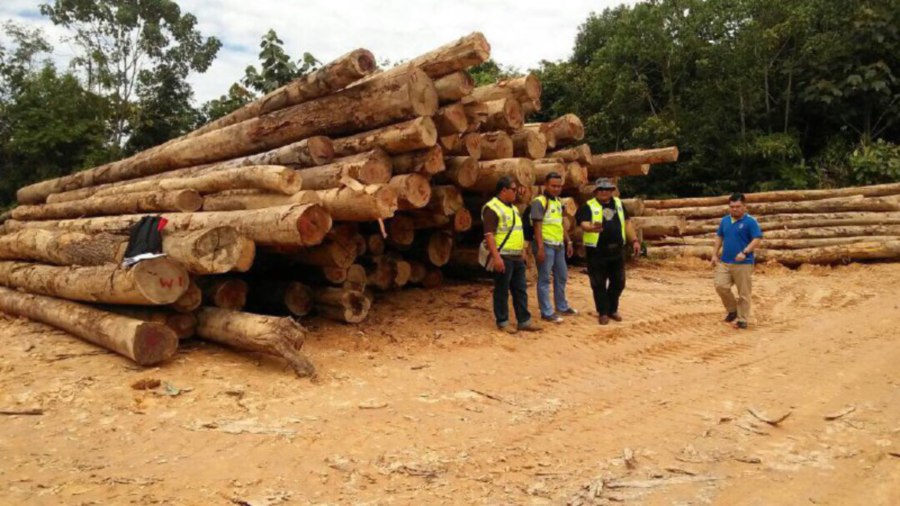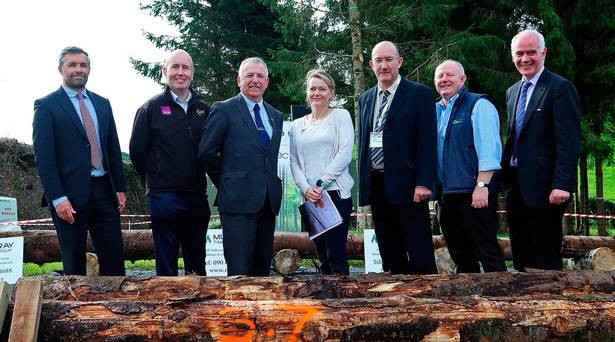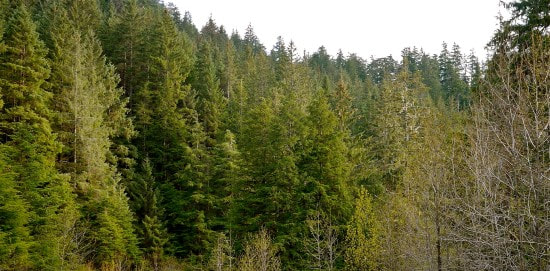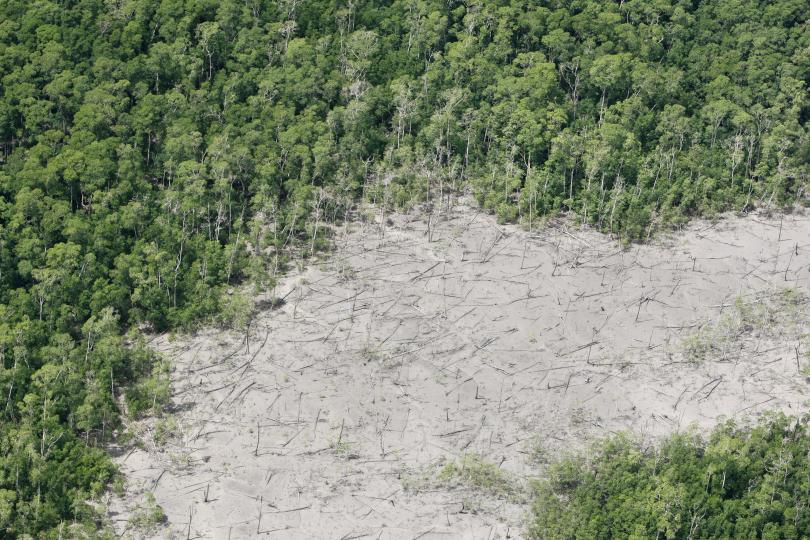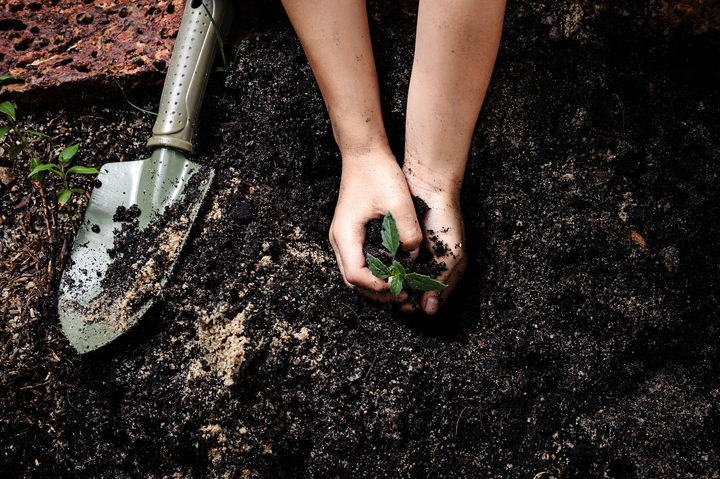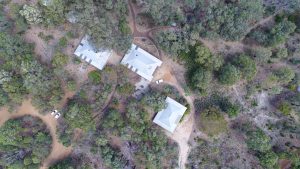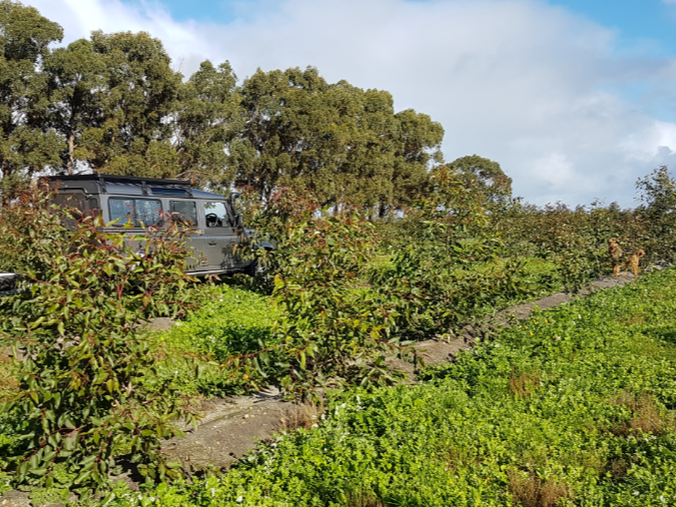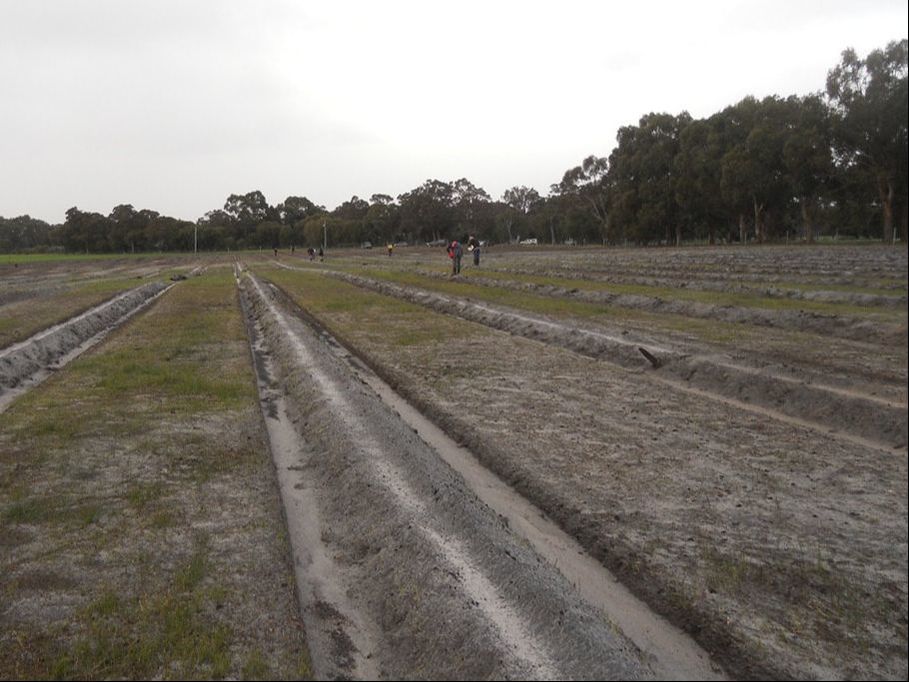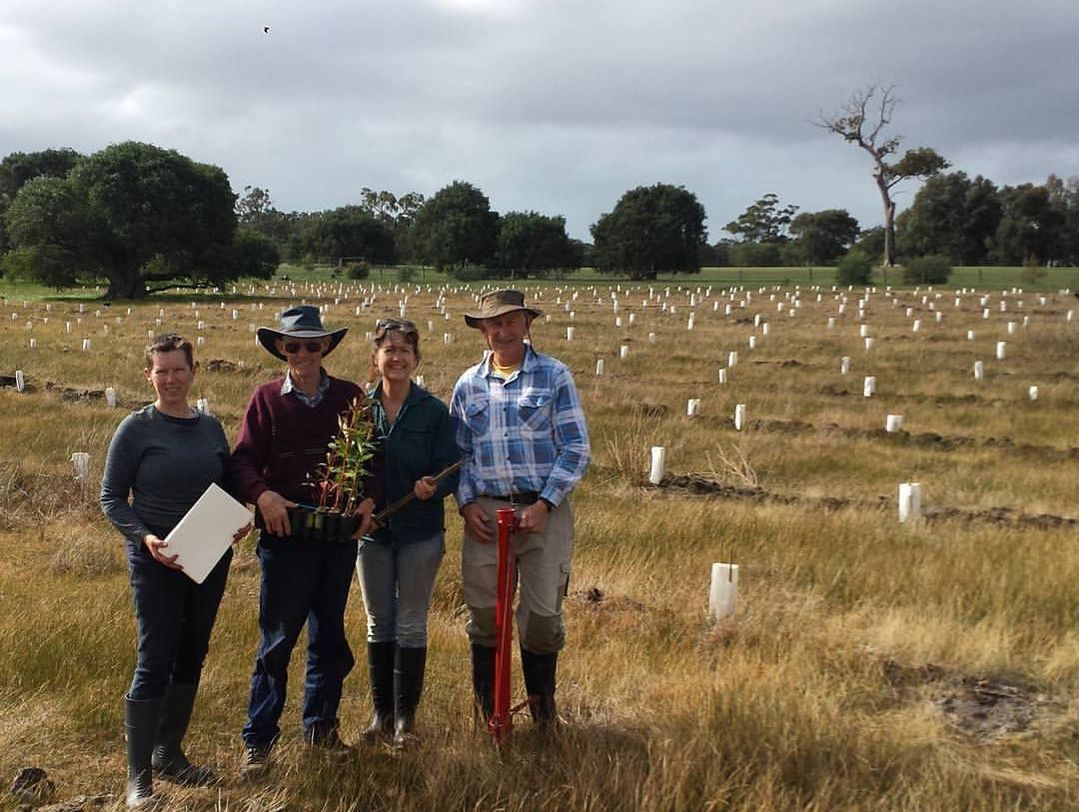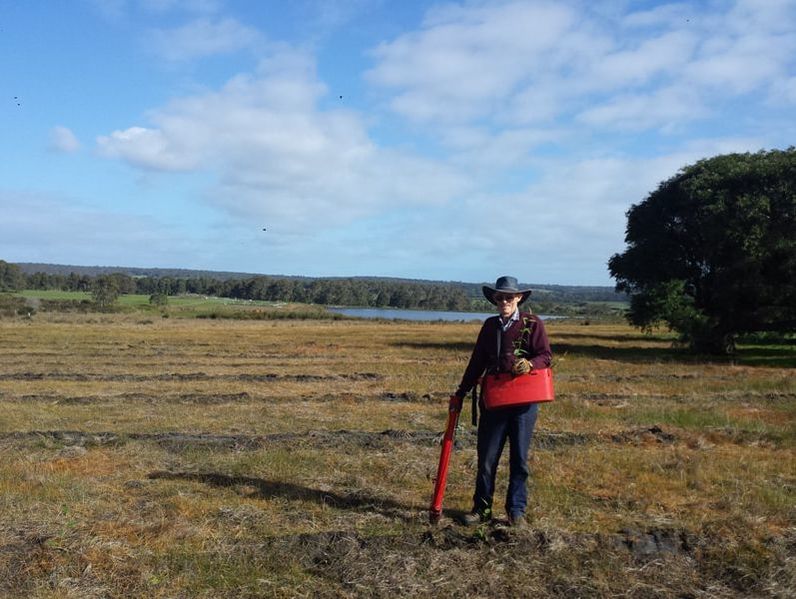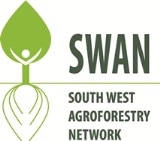by Richard Moore
A diverse and enthusiastic group of 15 participants made for a highly successful Master TreeGrower course in Northam recently. The participants, mostly owners of lifestyle blocks in the York, Northam and Toodyay districts, were eager learners who made the most of the opportunities to make new contacts, gain new ideas, have fun and talk with the other participants about how they might use trees to meet their own particular interests and circumstances. As one participant said to me partway through the course, “I can’t wait till next week – there’s so much information and it’s a wonderful way to network with like-minded people.“
Other feedback from participants at the end of the course included:
Course participants visited more than 20 properties over the eight days of the course. On each occasion the owners shared their practical tree growing and revegetation experiences, outlining both successes and failures. The visits revealed the wide range of approaches to using trees and the diversity of benefits including, shelter, salinity control, biodiversity, beautification, forage and timber. The range of topics covered was also broad, ranging from bio-char to fire protection and from growing sandalwood to tree establishment techniques.
Many people contributed to making the course such a success. In particular I thank Natarsha Woods, CEO of Wheatbelt NRM, for the generous use of her meeting room and other facilities. Her staff, Jo Wheeler and Leigh Whisson in particular, assisted greatly with aspects such as catering and transport. Rowan Reid, who coordinates the course nationally and internationally, joined the course for the last two days and added another level of experience to the discussions. I also thank the many landowners who gave their time and shared with the group their journey with trees. Finally thanks to the participants; in the end they are the ones who made the course what it was. And as Rowan Reid says in his new book – Heartwood: The art and science of growing trees for conservation and profit - “trees for positive change in rural landscapes is about people.”
Photo Left. The Master TreeGrower group looking at the tree planting machine at Andrew & Lisa West’s property, Meckering.
Photo right. David Collins, Greening Australia, talking about planting techniques.
A diverse and enthusiastic group of 15 participants made for a highly successful Master TreeGrower course in Northam recently. The participants, mostly owners of lifestyle blocks in the York, Northam and Toodyay districts, were eager learners who made the most of the opportunities to make new contacts, gain new ideas, have fun and talk with the other participants about how they might use trees to meet their own particular interests and circumstances. As one participant said to me partway through the course, “I can’t wait till next week – there’s so much information and it’s a wonderful way to network with like-minded people.“
Other feedback from participants at the end of the course included:
- This has been one of the best executed and most important courses I have ever done.
- Can I do it again!?
- An amazing experience, the best course I have ever done.
- Really interesting and insightful farm visits – seeing people’s dreams and ideas become reality, learning from their success and failures.
- I have learned more on this course than any other.
Course participants visited more than 20 properties over the eight days of the course. On each occasion the owners shared their practical tree growing and revegetation experiences, outlining both successes and failures. The visits revealed the wide range of approaches to using trees and the diversity of benefits including, shelter, salinity control, biodiversity, beautification, forage and timber. The range of topics covered was also broad, ranging from bio-char to fire protection and from growing sandalwood to tree establishment techniques.
Many people contributed to making the course such a success. In particular I thank Natarsha Woods, CEO of Wheatbelt NRM, for the generous use of her meeting room and other facilities. Her staff, Jo Wheeler and Leigh Whisson in particular, assisted greatly with aspects such as catering and transport. Rowan Reid, who coordinates the course nationally and internationally, joined the course for the last two days and added another level of experience to the discussions. I also thank the many landowners who gave their time and shared with the group their journey with trees. Finally thanks to the participants; in the end they are the ones who made the course what it was. And as Rowan Reid says in his new book – Heartwood: The art and science of growing trees for conservation and profit - “trees for positive change in rural landscapes is about people.”
Photo Left. The Master TreeGrower group looking at the tree planting machine at Andrew & Lisa West’s property, Meckering.
Photo right. David Collins, Greening Australia, talking about planting techniques.
